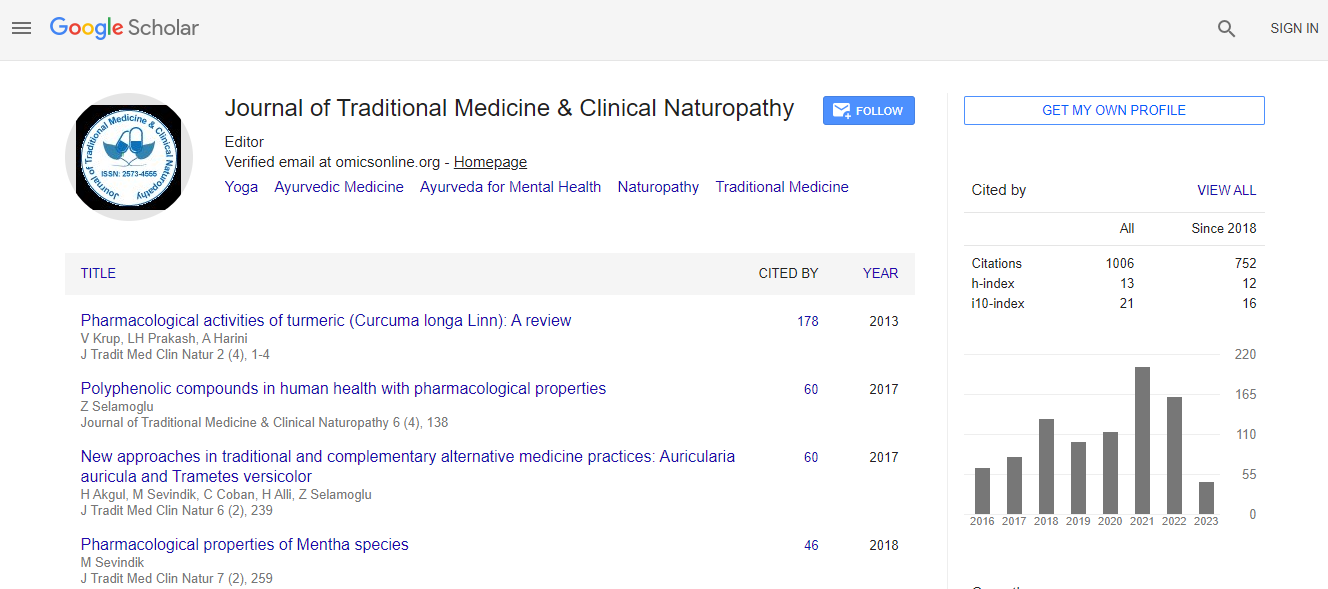Research Article
In Vitro Antimicrobial Activity of Crude Leaf Extracts from Aloe secundiflora, Bulbine frutescens, Vernonia lasiopus and Tagetes minuta against Salmonella typhi
Rachuonyo HO1*, Ogola PE2, Arika WM2, Nyamai DW2 and Wambani JR3
1Department of Microbiology, Kenyatta University, Kenya
2Department of Biochemistry and Biotechnology, Kenyatta University, Kenya
3Department of Medical Laboratory Sciences, Kenyatta University, Kenya
- Corresponding Author:
- Rachuonyo HO
Department of Microbiology
Kenyatta University, Kenya
Tel: 254715407214
E-mail: hibertrachuonyo@gmail.com
Received date: January 27, 2016; Accepted date: February 09, 2016; Published date: February 15, 2016
Citation: Rachuonyo HO, Ogola PE, Arika WM, Nyamai DW, Wambani JR (2016) In Vitro Antimicrobial Activity of Crude Leaf Extracts from Aloe secundiflora, Bulbine frutescens, Vernonia lasiopus and Tagetes minuta against Salmonella typhi. J Tradi Med Clin Natur 5:187. doi:10.4172/jtmcn.1000187
Copyright: © 2016 Rachuonyo HO, et al. This is an open-access article distributed under the terms of the Creative Commons Attribution License, which permits unrestricted use, distribution, and reproduction in any medium, provided the original author and source are credited.

 Spanish
Spanish  Chinese
Chinese  Russian
Russian  German
German  French
French  Japanese
Japanese  Portuguese
Portuguese  Hindi
Hindi 
